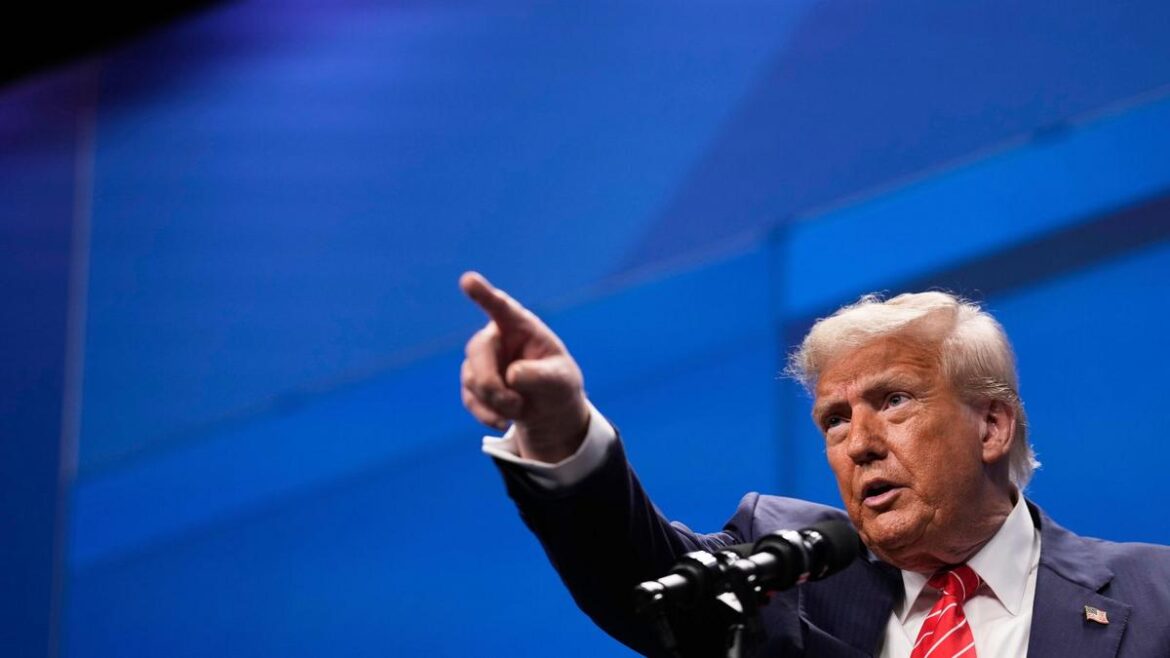Final Round of Trade Talks Begins as July 9 Deadline Looms
Negotiators from India have landed in Washington for what could be the final attempt at hammering out a bilateral trade deal with the United States before the temporary pause on reciprocal tariffs ends on July 9. The mood? Cautiously optimistic—tempered by key sticking points that have plagued earlier talks, especially around agriculture market access.
Trump Mentions India in Global Trade Remarks
Speaking at a White House event, US President Donald Trump signaled the possibility of a deal, though he stopped short of making any specific commitments. “We have one coming up, maybe with India. A very big one. Where we’re going to open up India,” Trump said. The comment came on the heels of a trade agreement his administration signed with China just a day prior.
“Everybody wants to make a deal and have a part of it,” Trump added, sharing that while not all countries will get deals, India might be next in line. Still, no concrete roadmap was offered.
Where Talks Stand and What’s Holding Them Back
Despite repeated efforts, India and the US have yet to finalize a trade deal. Previous rounds of discussions have yielded progress in limited areas, but core issues—particularly the US demand for greater Indian market access to agricultural products like soy and corn—remain contentious.
A person familiar with the negotiations said, “This would build pressure on the final round, where India could face more pressure to accept US demands to avoid reciprocal tariffs.”
Why Is Agriculture the Flashpoint?
The US is pushing to sell more agricultural exports—including soybeans, corn and apples—into the Indian market, especially in light of ongoing trade tensions with China, which has traditionally been a top buyer for American farm products.
- Soya and corn products top the priority list for the US.
- The US faces a growing surplus of soybeans.
- India remains the world’s largest importer of edible oil, giving the US a natural entry point.
But New Delhi has held firm. Indian officials argue that opening the market too quickly could displace domestic farmers. Domestic production protection remains politically sensitive in India.
NITI Aayog Hints at Narrow Concessions
A working paper released in May by NITI Aayog, the Indian government’s policy think tank, suggested that “soybean oil imports” could be a trade-off that wouldn’t harm India’s domestic producers. That small opening, however, might not be enough to meet US expectations.
Analysts believe India could offer limited concessions there while continuing to resist broader agricultural access. So far, it’s a careful balancing act—trying to improve relations with a major trade partner while safeguarding local interests.
Legal Wrinkles in the US
Complicating Washington’s side of the table: the lack of a Trade Promotion Authority (TPA). TPA empowers a US president to negotiate trade agreements that Congress can approve or reject but not amend.
Without TPA, any comprehensive trade agreement faces legal limitations. The current administration can only tweak executive-level tariffs, which makes any deal less permanent and potentially less attractive politically for both sides.
This means any reciprocal tariff relief will be piecemeal, unless the US Congress grants TPA—a move that doesn’t seem likely in an election year.
India’s Broader Trade Strategy
At the same time, India is moving to diversify both its oil and defense procurement strategies—a shift seen as part of its broader geopolitical recalibration.
New trade data shows India is significantly increasing crude imports from the US. As of March 2025, crude oil imports rose 11.49% to reach $63 billion compared to the previous year.
It’s not just about numbers. Indian policymakers view these imports as a way to reduce the trade imbalance while strengthening ties with a key global power.
Is a Deal Likely Before July 9?
There’s still time—but not much. If negotiators can find middle ground on agricultural access, the outlines of a deal may emerge. But that’s a big “if.”
Observers say the lack of progress during earlier talks, plus the absence of TPA on the US side, suggests a full-fledged deal may be too ambitious. More likely, we may see a limited agreement or an extension of the current tariff truce.
What’s at Stake for Both Sides?
For the US, a deal could create new markets for its export-heavy farm sector hit hard by its cold war with China. It would also show Washington’s ability to pivot and expand its influence in Asia through trade—not just defense partnerships.
For India, the potential is twofold: soften a growing trade deficit with the US and ensure Indian exporters aren’t hit with duties should the current truce lapse. Also, any gains in technology or defense trade would support India’s evolving strategic goals.
What Happens If the Talks Fail?
If both nations fail to solidify an agreement by July 9, reciprocal tariffs could resume. That could impact sectors including steel, aluminum, ICT products and possibly others.
While both sides have an interest in avoiding that outcome, the mismatch in expectations—especially around agricultural access and tariff authority—makes failure a very real possibility.
Still, a breakdown doesn’t mean talks will end. There’s room for smaller executive-level agreements or sector-specific deals later in the year. But those would likely offer limited relief.
Looking Ahead
In the coming week, all eyes will be on Washington. Will India bend on agri imports? Will the US make concessions despite lacking TPA? Or are both sides staging high-stakes political theater before walking away?
The answers may not come in one bold announcement but in the quiet language of tariffs extended—or lifted—and in future policy shifts that hint at a deal’s legacy, even if one isn’t inked right now.

